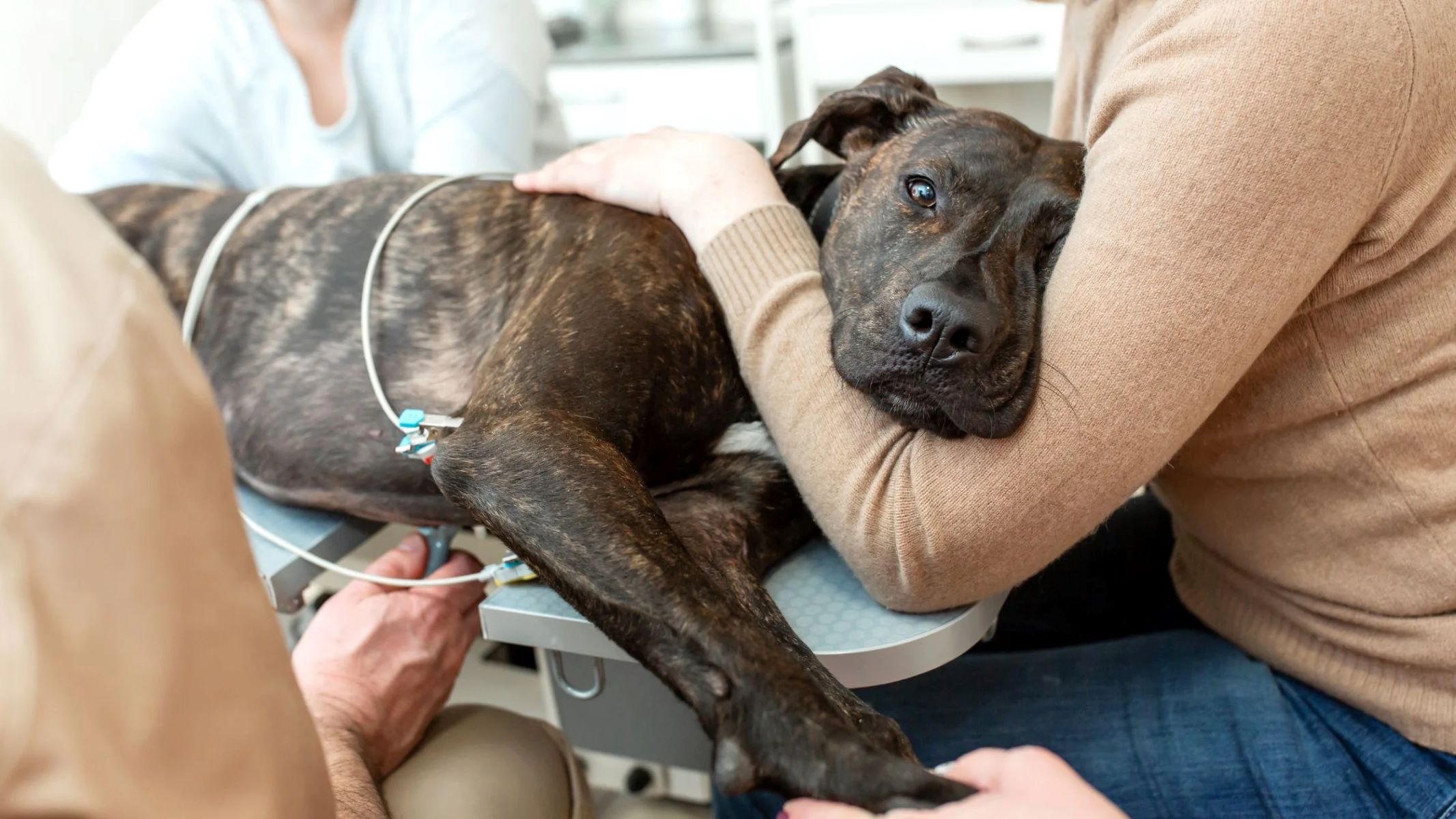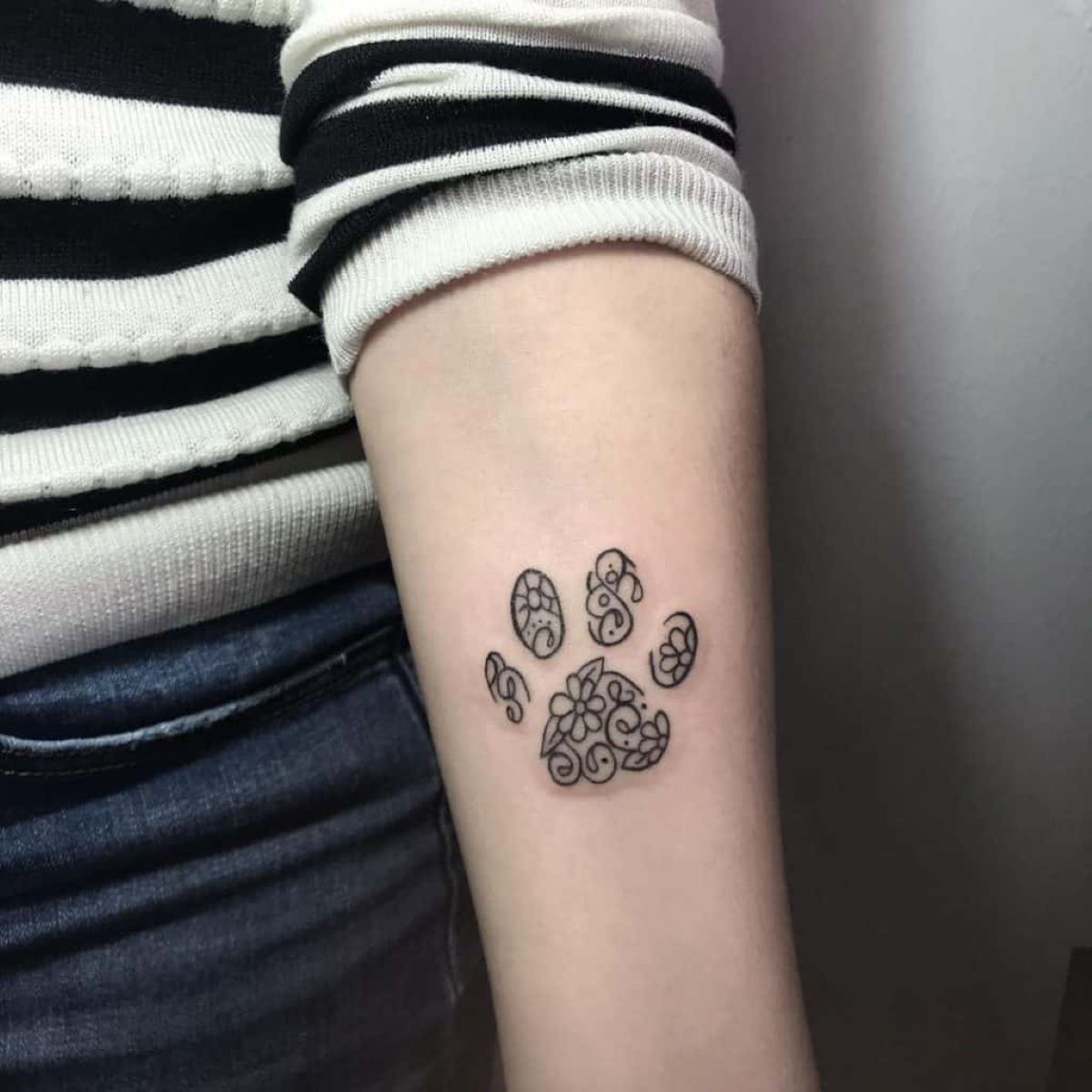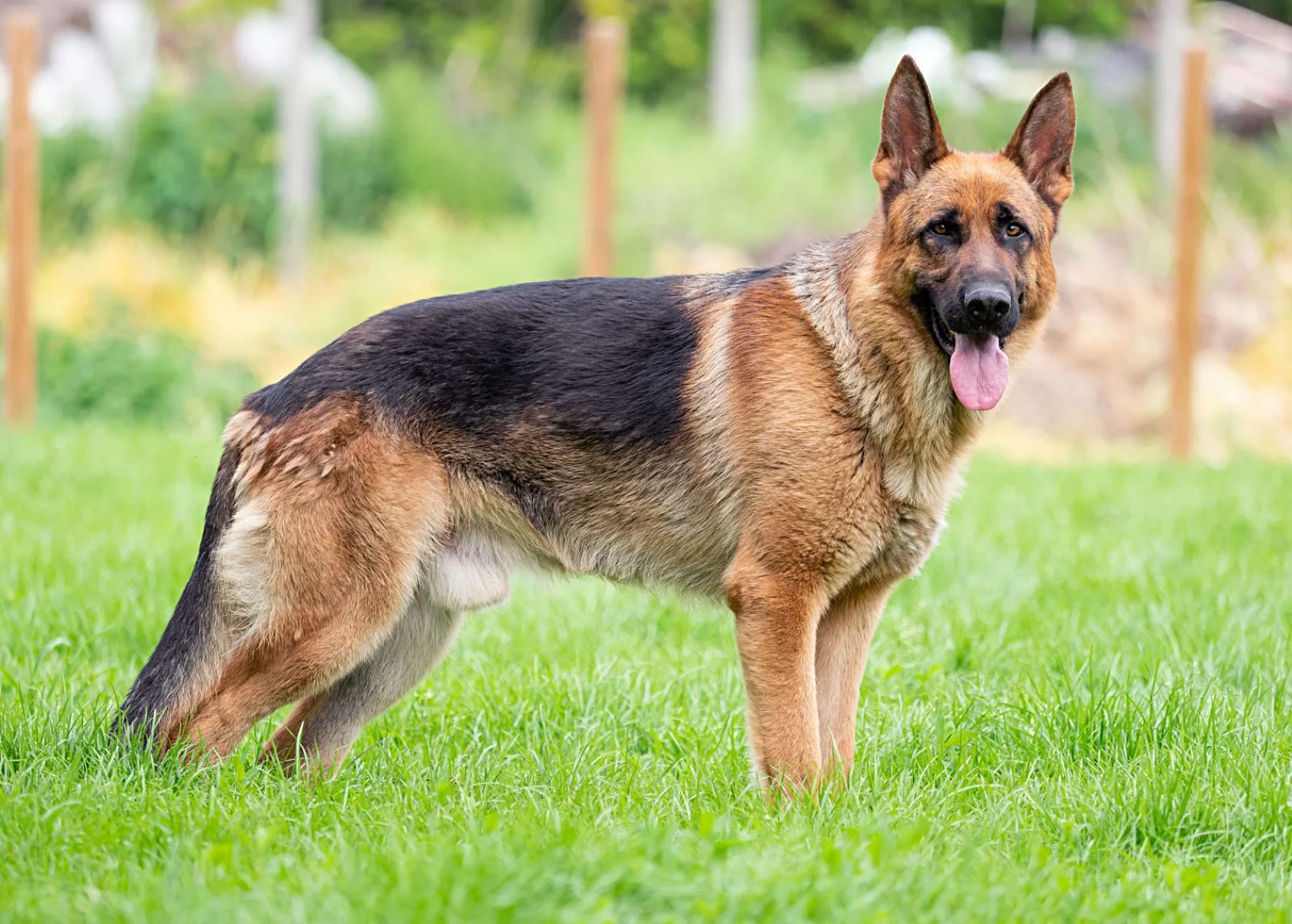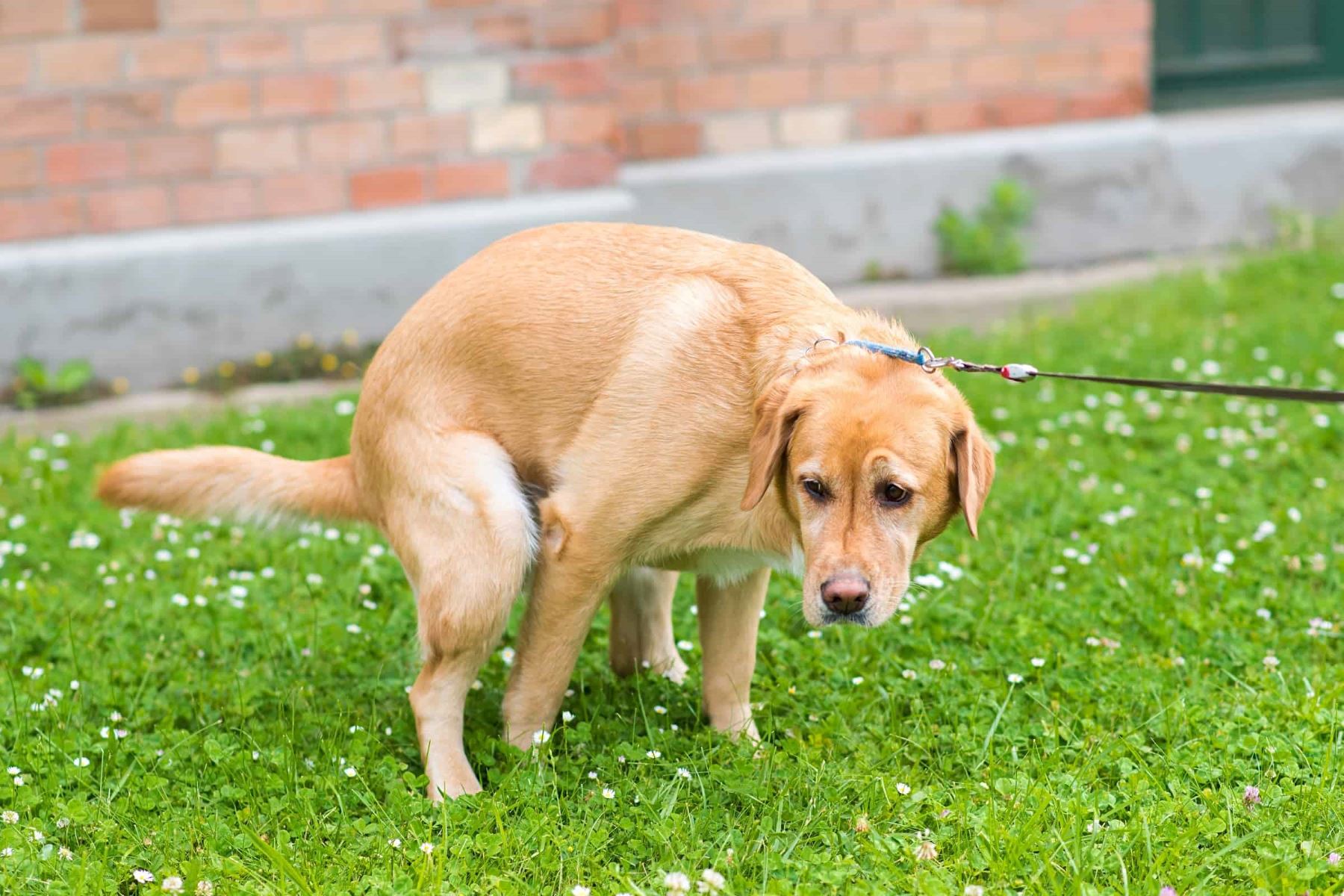Home>Health and Wellness>Shocking Discovery: The Truth About Your Dog’s Cold Paws


Health and Wellness
Shocking Discovery: The Truth About Your Dog’s Cold Paws
Published: January 28, 2024
Uncover the surprising reasons behind your dog's cold paws and learn how it impacts their health and wellness. Discover the truth and how to care for your furry friend's well-being.
(Many of the links in this article redirect to a specific reviewed product. Your purchase of these products through affiliate links helps to generate commission for Regretless.com, at no extra cost. Learn more)
Table of Contents
Introduction
Have you ever felt your dog's paws and noticed they were cold to the touch? If so, you're not alone. Many dog owners have experienced this and wondered whether it's a cause for concern. The temperature of a dog's paws can often be a source of curiosity and even worry for pet parents. After all, our furry friends rely on their paws for mobility, stability, and comfort. Understanding the significance of your dog's cold paws is crucial for their overall well-being. In this article, we will delve into the surprising truth about your dog's cold paws, debunk common misconceptions, explore the physiological aspects, and provide valuable insights into maintaining your dog's paw health. So, let's embark on this enlightening journey to unravel the mystery behind your beloved pet's chilly paws.
Understanding the Physiology of Your Dog's Paws
Your dog's paws are marvels of natural engineering, designed to provide protection, traction, and sensory input. Understanding the intricate physiology of these remarkable appendages sheds light on the significance of their temperature.
Paw Structure
A dog's paw consists of several key components, each serving a unique purpose. The paw pads, made of thick, durable skin, act as shock absorbers, providing cushioning and insulation. Beneath the pads are sweat glands that help regulate body temperature through perspiration. Additionally, the paw pads contain sensory receptors, enabling your dog to gather information about their environment through touch.
Blood Circulation
The temperature of your dog's paws is closely linked to blood circulation. When the ambient temperature drops, the body conserves heat by reducing blood flow to the extremities, including the paws. This natural response helps maintain core body temperature and is an essential survival mechanism inherited from their wild ancestors.
Breed Variations
It's important to note that different dog breeds exhibit varying paw characteristics. Breeds adapted to cold climates, such as Huskies and Malamutes, often have thicker fur and more substantial paw pads, providing enhanced insulation against the cold. Conversely, breeds originating from warmer regions may have thinner paw pads, making them more susceptible to temperature changes.
Sensory Function
Beyond physical protection, a dog's paws serve as sensory tools. The paw pads contain a high concentration of touch receptors, allowing dogs to gather information about the texture, temperature, and terrain they encounter. This sensory input plays a crucial role in their spatial awareness and overall mobility.
Understanding the intricate physiology of your dog's paws provides valuable insights into their well-being. The temperature of their paws is a dynamic aspect influenced by various factors, and being attuned to these nuances empowers you to better care for your canine companion.
Common Misconceptions about Cold Paws
Despite the prevalence of discussions surrounding dogs' cold paws, several misconceptions persist in the pet owner community. These misconceptions often lead to unnecessary worry and confusion. It's essential to address these fallacies to provide clarity and alleviate concerns related to your dog's paw health.
-
Cold Paws Indicate Illness: One common misconception is that cold paws are a sign of illness in dogs. While it's natural for a dog's paws to feel cooler than their body temperature, many pet owners associate cold paws with sickness. In reality, a healthy dog's paws can naturally adjust to different temperatures, and slight variations in paw temperature are typically not indicative of an underlying health issue.
-
Constantly Cold Paws Are Problematic: Another misconception is the belief that a dog's paws should always feel warm. This notion often leads to undue concern when a pet parent notices their dog's paws feeling cooler than expected. It's important to understand that dogs, like humans, experience fluctuations in body temperature based on environmental conditions and physical activity. Therefore, occasional cold paws are not necessarily a cause for alarm.
-
Cold Paws Always Equate to Discomfort: Some pet owners assume that their dog experiences discomfort when their paws feel cold. However, dogs have evolved with remarkable physiological adaptations that enable them to thrive in diverse environments. While extreme cold can certainly cause discomfort, dogs are generally well-equipped to handle moderate temperature variations without experiencing significant distress.
-
Cold Paws Are Always a Cause for Immediate Intervention: When pet owners notice their dog's paws feeling cold, there's often a knee-jerk reaction to intervene immediately. This can lead to unnecessary stress for both the pet and the owner. It's important to recognize that dogs, especially those acclimated to colder climates, have built-in mechanisms to regulate their body temperature. As such, minor fluctuations in paw temperature may not warrant immediate intervention.
By dispelling these misconceptions, pet owners can develop a more informed and nuanced understanding of their dog's paw health. Recognizing the natural adaptability of dogs and understanding the physiological basis of paw temperature variations can help alleviate unnecessary worry and foster a deeper connection with our canine companions.
The Impact of Cold Paws on Your Dog's Health
The temperature of a dog's paws can play a significant role in their overall health and well-being. While occasional cold paws are a natural and adaptive aspect of a dog's physiology, prolonged exposure to cold environments can have implications for their comfort and physical condition. Understanding the potential impact of cold paws on your dog's health is crucial for providing attentive care and ensuring their optimal comfort.
Circulatory Effects
Prolonged exposure to cold temperatures can lead to vasoconstriction, a physiological response where blood vessels narrow to conserve heat. This can result in reduced blood flow to the extremities, including the paws, potentially leading to discomfort and decreased sensory perception in the affected area. In severe cases, prolonged vasoconstriction can contribute to tissue damage and frostbite, posing a serious threat to your dog's paw health.
Behavioral and Comfort Considerations
Cold paws can also influence your dog's behavior and comfort levels. Just as humans seek warmth and comfort when exposed to cold conditions, dogs may exhibit signs of discomfort or reluctance to engage in physical activities when their paws are consistently exposed to cold surfaces. Monitoring your dog's behavior and attentively observing their response to varying environmental temperatures can provide valuable insights into their comfort and well-being.
Paw Maintenance Challenges
In colder climates, the accumulation of ice, snow, or de-icing agents on your dog's paws can pose maintenance challenges. These substances can cause irritation, dryness, and potential chemical burns, necessitating diligent paw care to mitigate any adverse effects. Additionally, the prolonged exposure to cold and damp conditions can contribute to the development of cracked paw pads, potentially leading to discomfort and increased susceptibility to infections.
Overall Paw Health
Maintaining an optimal paw temperature is crucial for preserving your dog's paw health. While dogs possess natural adaptations to regulate their body temperature, it's important to be mindful of their exposure to cold surfaces and environmental conditions. By proactively addressing potential challenges related to cold paws, such as providing adequate paw protection and implementing paw care routines, you can contribute to the overall well-being of your canine companion.
Understanding the multifaceted impact of cold paws on your dog's health empowers you to take proactive measures to ensure their comfort and mitigate potential risks associated with prolonged exposure to cold environments. By prioritizing attentive care and considering the implications of varying environmental conditions on your dog's paw health, you can cultivate a nurturing and supportive environment for your beloved pet.
Tips for Keeping Your Dog's Paws Warm
Ensuring your dog's paws remain warm and protected is essential for their overall comfort and well-being, especially in colder climates or during winter months. By implementing thoughtful strategies and proactive measures, you can effectively safeguard your canine companion from potential discomfort and mitigate the impact of cold environments on their paw health.
-
Invest in Paw Protection: Consider using dog booties or paw wax to provide an additional layer of insulation and protection for your dog's paws. Booties can shield their paws from cold surfaces, snow, ice, and de-icing agents, while paw wax acts as a barrier against harsh environmental elements.
-
Regular Paw Checks: Make it a habit to inspect your dog's paws after outdoor activities, particularly during winter. Look for signs of irritation, dryness, or cracks, and promptly address any issues to prevent discomfort and potential infections. Keeping their paw pads moisturized can help maintain their resilience and suppleness.
-
Limit Exposure to Cold Surfaces: When venturing outdoors in chilly weather, try to minimize your dog's contact with cold surfaces for extended periods. Encourage them to walk on grass or use designated pathways to reduce direct exposure to icy terrain, which can contribute to discomfort and potential paw injuries.
-
Provide Indoor Comfort: Create cozy indoor spaces for your dog to retreat to after outdoor excursions. Offer comfortable bedding, warmth, and a dry environment to help them regulate their body temperature and alleviate any residual chill from their paws.
-
Dry and Clean Paws: After outdoor activities, ensure that your dog's paws are thoroughly dried and cleaned. Moisture and debris accumulated on their paws can exacerbate the effects of cold temperatures and potentially lead to skin irritation. Gently wipe their paws with a clean, dry cloth to maintain their cleanliness and comfort.
-
Maintain Paw Hair: Regularly trimming the hair around your dog's paw pads can prevent the accumulation of ice, snow, or debris, reducing the risk of discomfort and potential skin issues. Keeping their paw hair neatly groomed contributes to overall paw hygiene and comfort.
-
Consult a Veterinarian: If you notice persistent issues with your dog's paw health, such as excessive dryness, cracking, or signs of discomfort, seek guidance from a veterinarian. They can provide tailored recommendations and address any underlying concerns related to your dog's paw well-being.
By implementing these proactive tips and integrating them into your routine care practices, you can effectively safeguard your dog's paw health and comfort, particularly in the face of cold weather challenges. Prioritizing attentive paw care and maintaining a supportive environment for your beloved pet contributes to their overall well-being and fosters a harmonious bond between you and your furry companion.
Conclusion
In conclusion, understanding the intricacies of your dog's paw health, particularly in relation to temperature, is pivotal for providing attentive care and ensuring their overall well-being. The physiological adaptations and sensory functions of a dog's paws underscore the remarkable resilience and versatility of these vital appendages. By debunking common misconceptions surrounding cold paws and recognizing the natural variability in paw temperature, pet owners can cultivate a more informed and nuanced perspective on their dog's paw health.
The impact of cold paws on a dog's health encompasses circulatory effects, behavioral considerations, and paw maintenance challenges, highlighting the multifaceted nature of paw health management. Prolonged exposure to cold environments can pose risks to a dog's comfort and physical condition, necessitating proactive measures to mitigate potential challenges. By prioritizing attentive paw care and implementing strategies to keep their paws warm and protected, pet owners can contribute to the overall comfort and resilience of their canine companions.
From investing in paw protection and conducting regular paw checks to providing indoor comfort and maintaining paw hygiene, the proactive tips outlined in this article offer practical guidance for safeguarding your dog's paw health, particularly in colder climates or during winter months. By integrating these strategies into your routine care practices, you can create a nurturing and supportive environment that promotes your dog's well-being and fosters a harmonious bond between you and your beloved pet.
Ultimately, the truth about your dog's cold paws lies in the intersection of physiological adaptability, attentive care, and environmental considerations. By embracing this holistic understanding, pet owners can navigate the complexities of paw health with confidence and empathy, ensuring that their furry companions thrive in diverse conditions and continue to enrich their lives with boundless joy and companionship.












